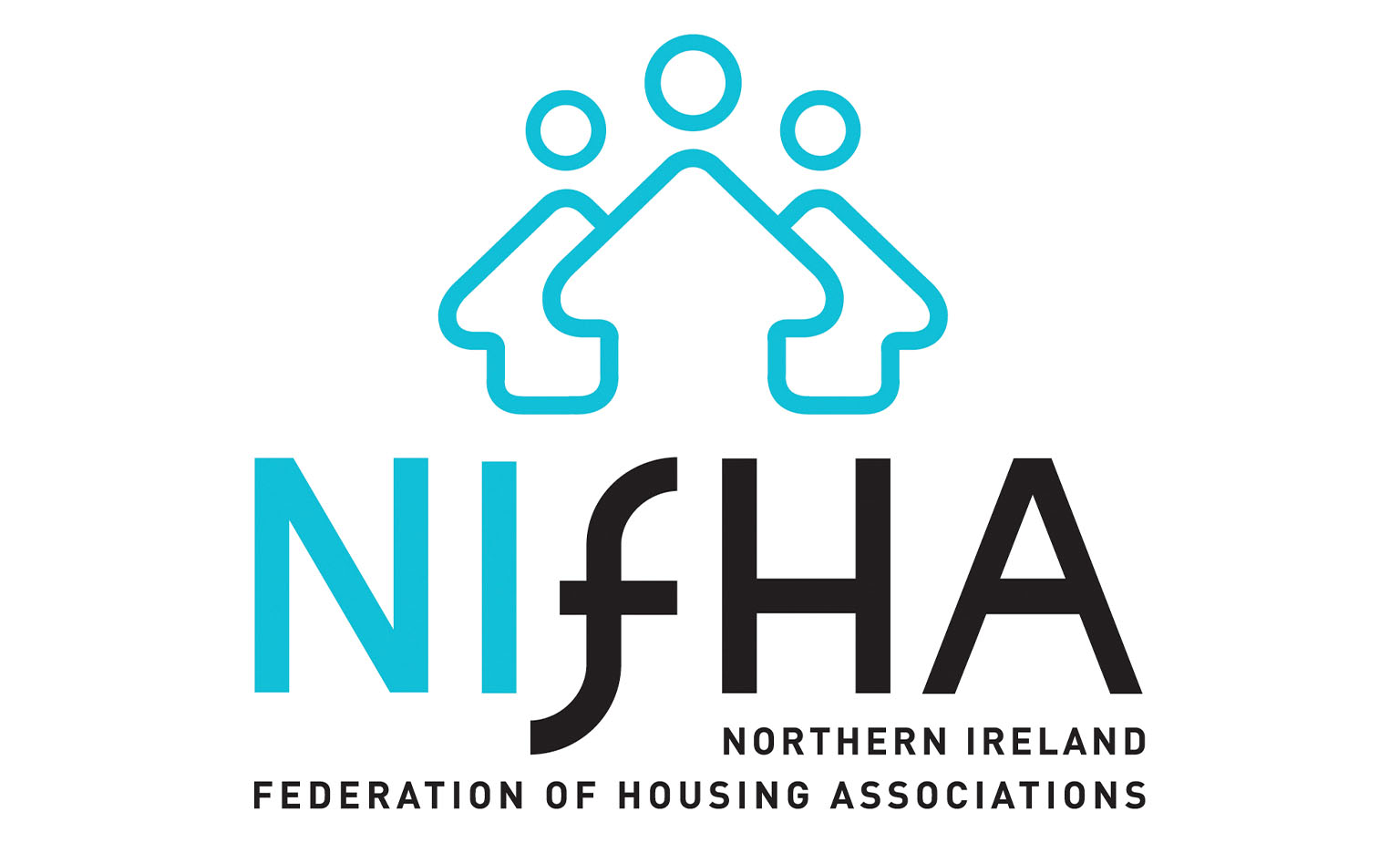The social housing challenge: Balancing new builds and retrofitting

Northern Ireland faces an ongoing challenge in housing, but it goes much deeper than most people think.
While building new homes is rightly a central focus to meet demand and reduce housing waiting lists, we also have to consider the standard of existing stock and how we plan for meeting climate change sustainability targets.
Housing associations are deeply committed to ongoing reinvestment in their properties. Maintenance, repairs and planned improvements account for a substantial part of their budgets, and enhancing existing stock is a vital component of their work.
This focus on reinvesting in these homes is much more than just aesthetics or general comfort. Improving housing standards is essential for sustainability, ensuring that homes are energy-efficient and fit for the long term.
Without adequate investment in retrofitting, we risk leaving tenants in outdated homes that waste energy, resulting in higher heating costs, and can even have impact on their health and wellbeing. Social housing must provide warmth and security without forcing tenants to overspend on energy bills.
Housing associations are already building to high standards, incorporating modern energy efficiency measures in new developments – with many now at EPC A and B levels, and Passivhaus is becoming a common consideration. Housing associations here already have nearly 75 per cent of homes at a minimum EPC rating of C – higher than the Northern Ireland average of D.
However, retrofitting older stock remains a significant challenge due to cost constraints. Across Northern Ireland, much of the existing housing stock in all sectors falls short of contemporary energy standards, requiring substantial investment to bring them up to a satisfactory level.
Other regions have made considerable progress in retrofitting. In Britain, there is a £2 billion Green Homes Grant, while in Ireland there is a €90 million fund for 2024/25. Yet in Northern Ireland, we lack a dedicated retrofit strategy and the financial backing necessary to make large-scale improvements.
While we have an Energy Strategy from the Northern Ireland Executive that includes aims to transform how we heat our homes, there is little clarity on how these changes will impact households in practical terms. Tenants need to know how they will operate their homes efficiently under new heating systems and what support will be available to facilitate the transition.
With energy costs continuing to rise, providing savings or at least certainty on expenses is crucial for tenants. Retrofitting can deliver long-term benefits; not only reducing energy consumption but also alleviating fuel poverty and improving quality of life. The absence of substantial retrofit funding in Northern Ireland puts us at risk of falling behind other UK regions, where proactive investment is already making a difference.
In the meantime, housing associations will continue to invest in home improvements, but to do this at scale and in the time frame required, we will need more support in the form of a social housing decarbonisation grant scheme giving us parity with Great Britain and the Republic of Ireland. Northern Ireland must act now to ensure homes are energy-efficient, affordable to run, and sustainable for the future, and to ensure we do not fall behind in housing standards across these islands. Government commitment to both new builds and retrofitting will need to ensure that social housing meets modern needs, providing long-term benefits for tenants and the environment alike.

Seamus Leheny, Chief Executive of NIFHA
W: www.nifha.org





